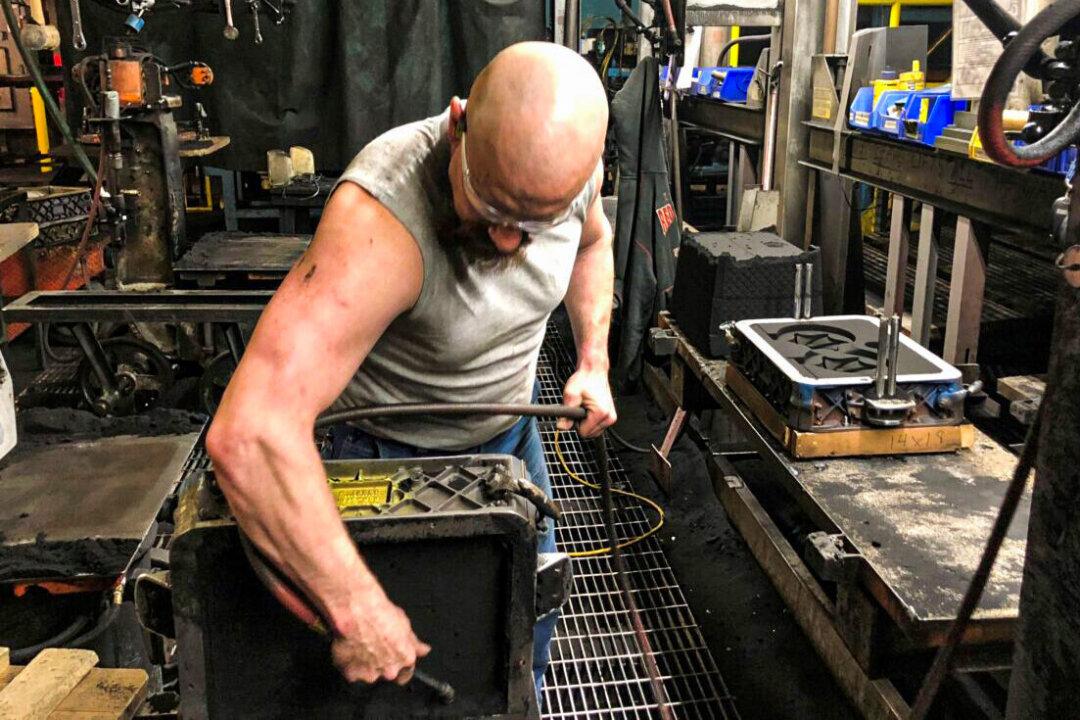A regional Fed report on manufacturing activity paints a picture of more persistent inflation, with prices paid and received indexes near their all-time highs and producer expectations for the long-run inflation rate seeing a relatively sharp uptick.
The Philadelphia Federal Reserve Bank’s November 2021 Manufacturing Business Outlook Survey, released Nov. 18, shows that manufacturing activity in the region continued to grow, with indicators for general activity, shipments, and new orders all rising from October’s readings.





